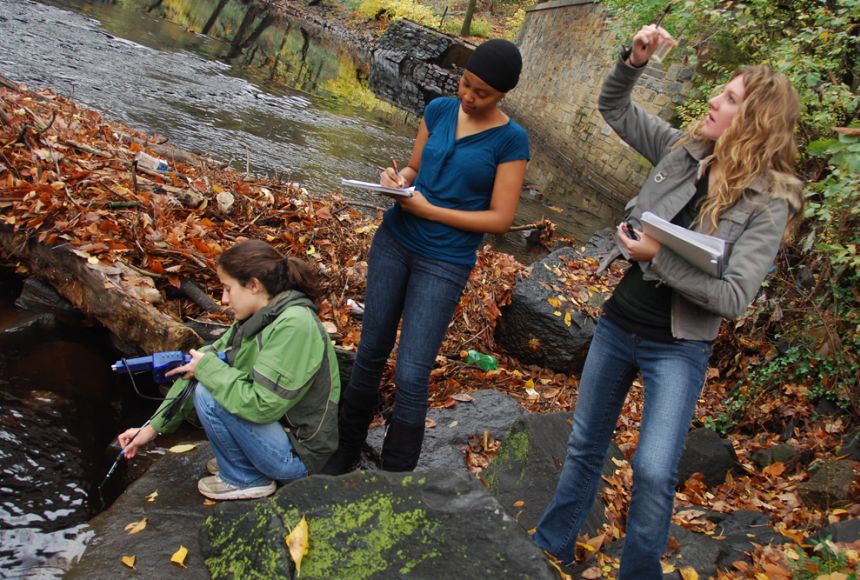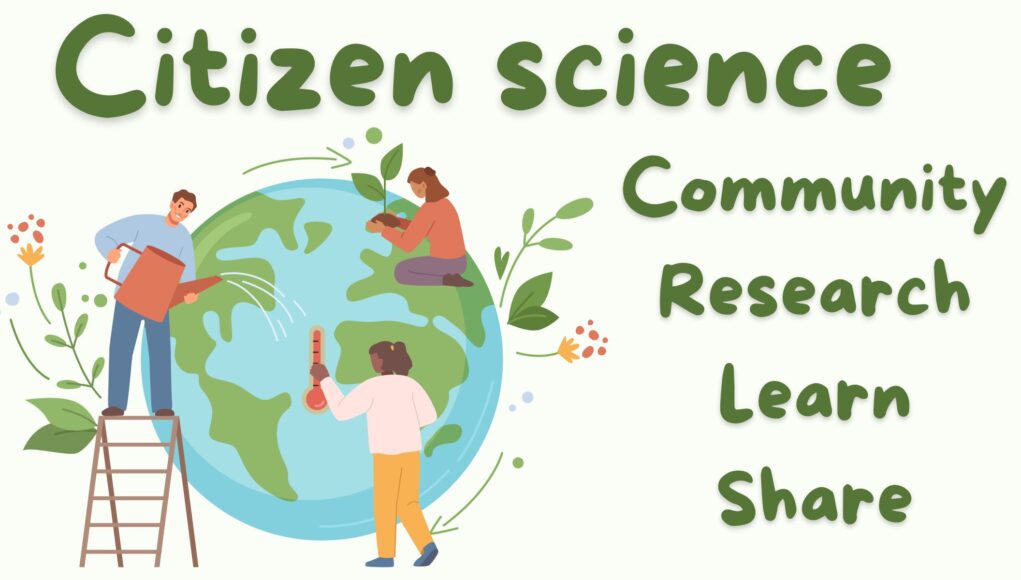Scientific discovery has traditionally been the domain of academics and professionals working within research institutions. But in recent years, that model has begun to shift dramatically. Thanks to advances in technology, communication, and data-sharing platforms, a new force is shaping the frontiers of science: everyday people.
This movement—known as citizen science—is democratizing research and empowering non-professionals to contribute meaningfully to scientific discovery. Whether it’s tracking bird migrations, classifying galaxies, or even helping detect new planets, volunteers across the globe are changing how science is done.
What Is Citizen Science?

Citizen science refers to scientific research conducted, in whole or in part, by amateur or nonprofessional scientists. It often involves members of the public collecting data, analyzing results, or even helping to design experiments. While this concept isn’t entirely new (think of early naturalists or amateur astronomers), modern citizen science is vastly more scalable and collaborative.
Platforms like Zooniverse, iNaturalist, and Foldit have allowed millions of people to take part in real-world research projects. These participants bring enthusiasm, diverse perspectives, and sheer numbers that traditional research teams often lack.
Why Is Citizen Science on the Rise?

Several factors have contributed to the recent boom in citizen science:
1. Technology and Connectivity
The internet has made it easier than ever to share data, communicate findings, and access tools that were once exclusive to labs. Smartphones equipped with sensors and GPS allow people to contribute to data collection from anywhere. Cloud computing and open databases make collaboration seamless across time zones and skill levels.
2. Data Overload in Modern Research
Modern science, especially fields like ecology, astronomy, and genomics, often deals with enormous datasets that are too vast for small research teams to handle alone. Citizen scientists help process, analyze, or verify this data, acting as a distributed workforce for overwhelmed labs.
3. Public Interest in Science and the Environment
More people are becoming scientifically literate and environmentally aware. Issues like climate change, biodiversity loss, and public health crises have sparked a wave of interest in being part of the solution. Citizen science offers a way to engage meaningfully with these challenges.
4. Institutional Support
Universities, governments, and even space agencies now endorse and fund citizen science projects. For example, NASA has partnered with the public on projects like GLOBE Observer, which invites people to collect data about clouds, land cover, and mosquito habitats.
Real-World Examples of Citizen Science in Action
Citizen science spans a wide range of disciplines and has led to tangible discoveries and contributions.
1. Astronomy: Galaxy Zoo and Planet Hunters
Galaxy Zoo invited users to classify galaxies based on shape using data from the Sloan Digital Sky Survey. In just months, hundreds of thousands of users helped categorize over a million galaxies. Similarly, Planet Hunters lets users analyze data from space telescopes to spot exoplanets by identifying changes in star brightness.
These projects have led to the discovery of previously unknown galaxies and several new planets—thanks entirely to non-professional volunteers.
2. Ecology and Wildlife Tracking: eBird and iNaturalist
Bird watchers using eBird, a platform run by the Cornell Lab of Ornithology, contribute millions of bird observations that help track migration patterns, population health, and climate impacts. iNaturalist lets users upload photos of plants and animals, creating a vast, global biodiversity map.
This kind of citizen-powered monitoring is invaluable for conservation efforts, especially in remote or under-resourced areas.
3. Health and Medical Research: Stall Catchers and Foldit
Stall Catchers is a game where players analyze videos of blood flow in mice brains to help researchers study Alzheimer’s disease. Foldit, another game-based platform, challenges users to fold proteins into optimal shapes—a task that humans can sometimes do better than computers.
These platforms have led to real advances in understanding diseases and have even resulted in co-authorships for citizen scientists on peer-reviewed papers.
4. Climate Monitoring: Globe at Night and CoCoRaHS
Globe at Night invites people to measure light pollution by observing stars, while the Community Collaborative Rain, Hail and Snow Network (CoCoRaHS) collects precipitation data from thousands of backyard weather observers across the U.S.
These crowd-sourced datasets complement professional meteorological networks and help fill in gaps in environmental monitoring.
Benefits of Citizen Science

Citizen science is not just a novelty—it provides real value on multiple levels.
– Accelerated Research
By outsourcing repetitive or large-scale tasks to the public, scientists can move faster and focus on higher-level analysis or interpretation.
– Public Engagement and Education
Citizen science fosters curiosity and scientific literacy. Participants gain a better understanding of the scientific process, critical thinking skills, and a sense of ownership over pressing issues like environmental conservation or public health.
– Diverse Perspectives
Citizen science brings in people from different cultural, geographic, and professional backgrounds. This diversity can lead to new ideas, overlooked patterns, or fresh approaches to complex problems.
– Cost-Effectiveness
For institutions operating on limited budgets, citizen contributions offer a cost-effective way to scale up research without expensive infrastructure or staffing.
Challenges and Limitations
Despite its benefits, citizen science is not without hurdles.
- Data Quality: Ensuring consistency and accuracy can be a challenge, especially when dealing with large numbers of volunteers with varying expertise.
- Participant Retention: Keeping volunteers engaged over long periods can be difficult. Gamification and community-building help, but require active management.
- Ethical and Privacy Concerns: Projects involving health data, environmental monitoring, or Indigenous knowledge must navigate ethical considerations carefully.
- Recognition and Credit: Citizen scientists may not always receive formal recognition for their contributions, though this is beginning to change with co-authorships and acknowledgments in publications.
The Future of Citizen Science
The future of citizen science is bright—and likely to grow more sophisticated and inclusive.
- AI and Human Collaboration: Artificial intelligence can work in tandem with citizen scientists to validate data, identify anomalies, or assign tasks that best match participants’ skill levels.
- More Accessible Tools: Mobile apps, low-cost sensors, and interactive platforms are making it easier for anyone to participate, regardless of location or background.
- Expanded Scope: From genomics to archaeology, new fields are beginning to adopt citizen science approaches. Even policy-making could one day integrate citizen-collected data on public health or environmental conditions.
Conclusion
Citizen science represents a fundamental shift in how research is conducted and who gets to participate. No longer is science confined to ivory towers; it’s being practiced in backyards, classrooms, city parks, and smartphones around the world.
This participatory model not only advances science but also reconnects people with the natural world, builds trust in scientific institutions, and empowers individuals to contribute meaningfully to the challenges that define our time.
Whether you’re a student, a retiree, a coder, a gardener, or just a curious observer, there’s likely a citizen science project out there waiting for you. The future of discovery is not only professional—it’s personal, collaborative, and community-driven.




